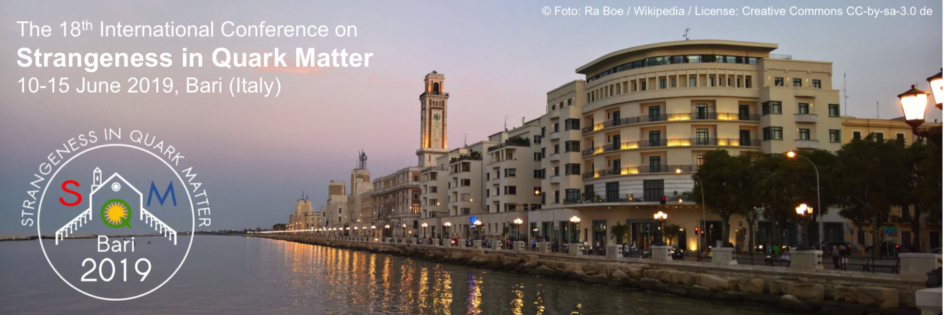Speaker
Description
A study of the production of J/psi mesons in conjunction with jets in pp collisions at sqrt(s) = 8 TeV is presented. The analysis is based on data corresponding to an integrated luminosity of 19.1 fb−1 collected with the CMS detector at the LHC. For events with at least one reconstructed jet in the gluon-dominated central region |etajet| < 1, the angular separation between the J/psi meson and the jet is used to test whether the J/psi meson is a jet fragment. The analysis shows that most J/psi mesons with energy above 15 GeV and rapidity |y| < 1.0 are jet fragments. The differential distributions of jet fragmentation probability as a function of jet energy for a fixed J/psi energy fraction z are compared to a theoretical model based on the fragmenting jet function (FJF) approach. These data distinguish clearly between different nonrelativistic quantum chromodynamics (NRQCD) long distance matrix element (LDME) parameter sets and also between different NRQCD terms. The data show that for the z range from 0.40 to 0.65, the NRQCD 1S(8) term dominates jet fragmentation to J/psi mesons 0 for one LDME parameter set. This indicates that the polarization of high energy J/psi mesons in the central region should be small. The other possible parameter sets do not describe the data over the full z range. This analysis shows that data on jet fragmentation to J/psi mesons and FJF analysis is a new way to test predictions for charmonium production from NRQCD and to evaluate LDME parameter sets.
The measurement of D-meson production in jets can provide important insights into the interactions of heavy-flavour quarks with the quark-gluon plasma created in heavy ion collisions. In particular, the role of gluon splitting processes in the production of heavy flavour, which is fundamental for a complete understanding of the quenching mechanisms for both light and heavy quarks, can be explored. Large datasets for proton-proton and PbPb collisions at a nucleon-nucleon center-of-mass energy of 5.02 TeV were collected with the CMS detector during the 2015 LHC run. These data enable measurements of D-meson production as a function of the radial distance between the jet axis and the D meson in different intervals of D-meson transverse momentum. The ratio of the results for PbPb and pp collisions will be compared to similar measurements of jet radial profiles using light particles from the CMS experiment at the same center-of-mass energy.
| Track | Heavy Flavour |
|---|---|
| Collaboration name | CMS |
